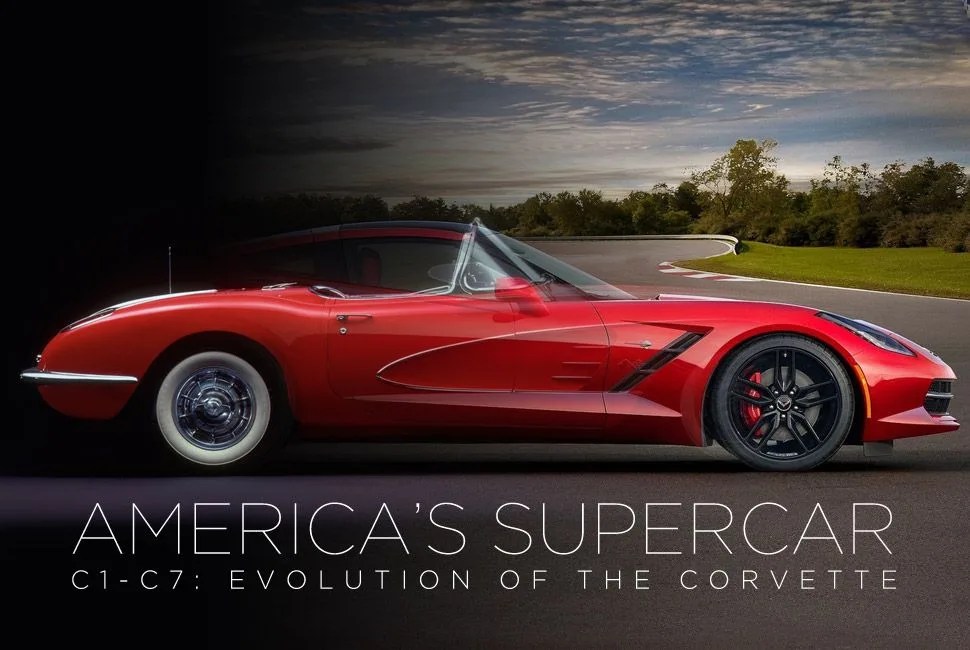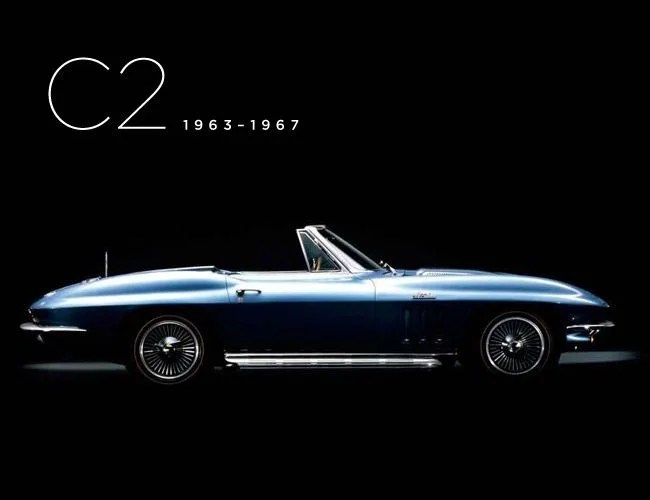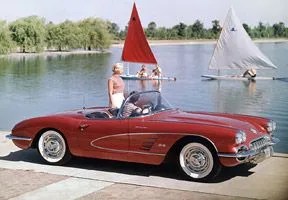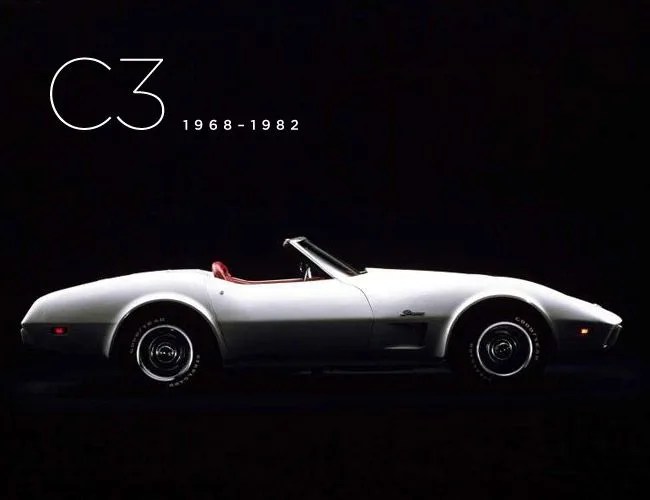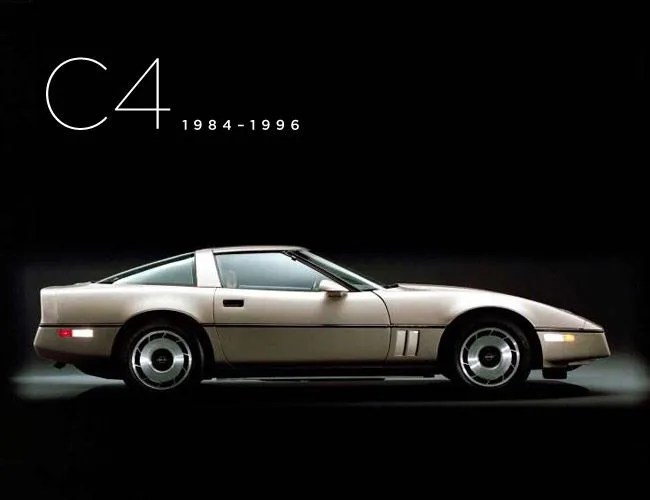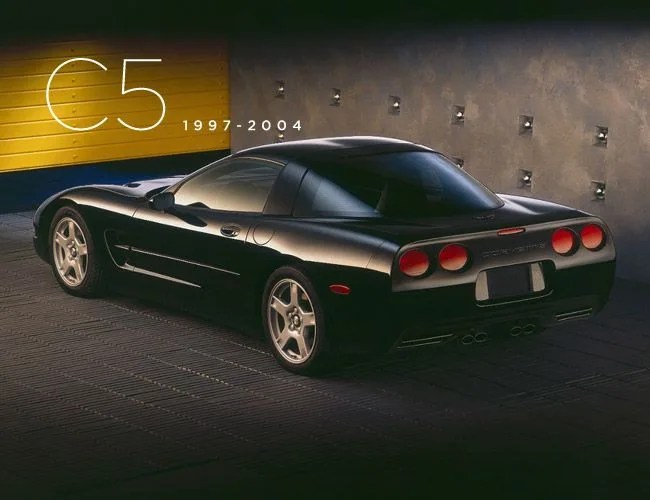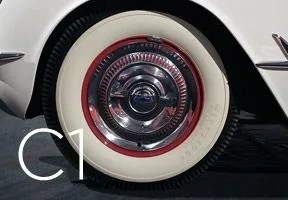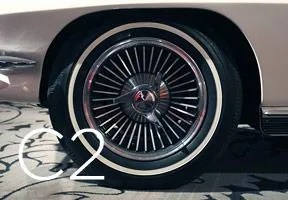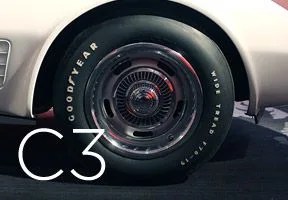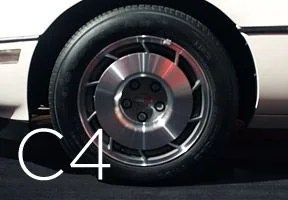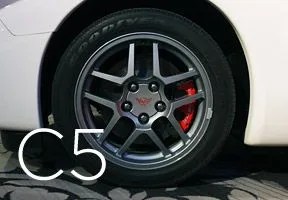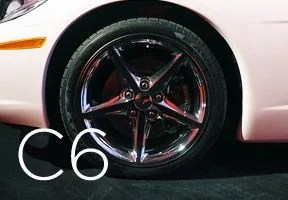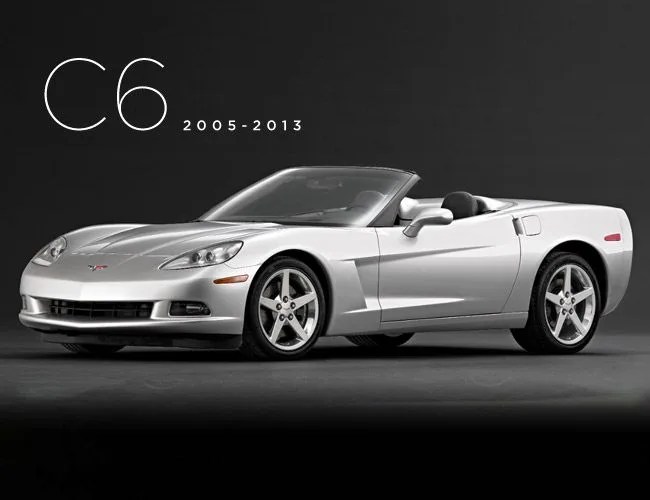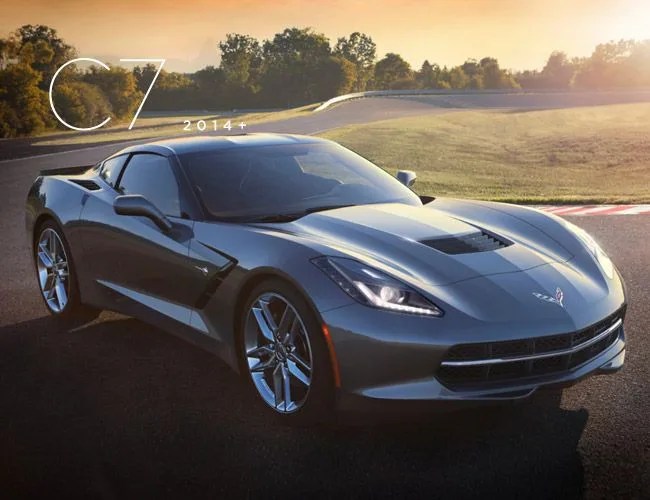Your loyalties may lie with other sports car brands, but the Corvette garners respect from all automotive circles for its remarkable capabilities, especially in light of its price. The Corvette is truly an American automotive icon and easily qualifies as America’s supercar, though it didn’t always boast the performance numbers of today. For at least the past three generations, it has been widely considered a bargain, as far as supercars go — with the speed, handling and track chops to make cars costing three times more quake in their brake shoes. Buying one was kind of like getting Nike technology for KMart prices.
Well, 2013 marks the Chevrolet Corvette’s 7th generation and 60th Anniversary, and the new C7 surpasses expectations in terms of technology, performance and value. Though there will always be detractors of new design, no one can deny that the Corvette continues to make its mark in the automotive world. It’s one American car that can brag both performance cred as well as bonafide Stars and Stripes heritage. To explore its design and technological evolution is as captivating as watching a C6 ZR1 light up its rear tires on hot tarmac. Follow the Corvette as we detail its humble C1 inception to its modern automotive exotica in the recently released C7.
Corvette C1
1952-1962
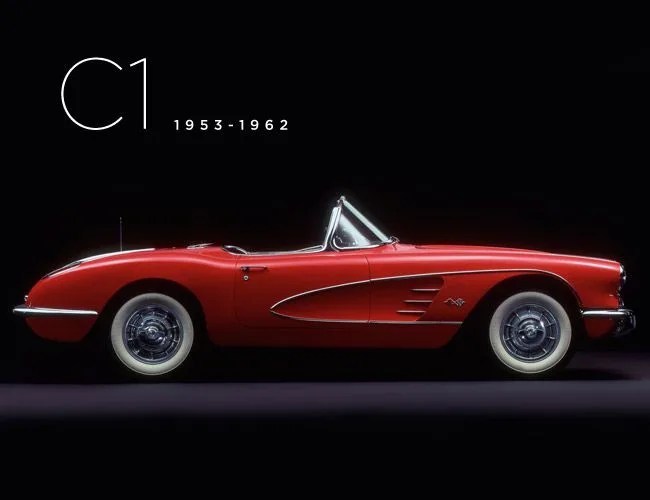
The first couple of years of the gen 1 Corvette were not exactly the most memorable. With styling not unlike the Ford Thunderbird, which arrived two years after the C1’s inception, this Corvette had a solid rear axle instead of an independent rear suspension, which didn’t arrive until 1963. Plus, it was rushed to production due to its huge reception from the public. Performance was tepid, as was the handling. Near its production end, Chevy brought in the circular quad taillights, which have carried forward to every Corvette since. Through the C1’s life cycle, design changes, especially to the front and rear of the car, vastly improved the car to its more recognized and loved form.
